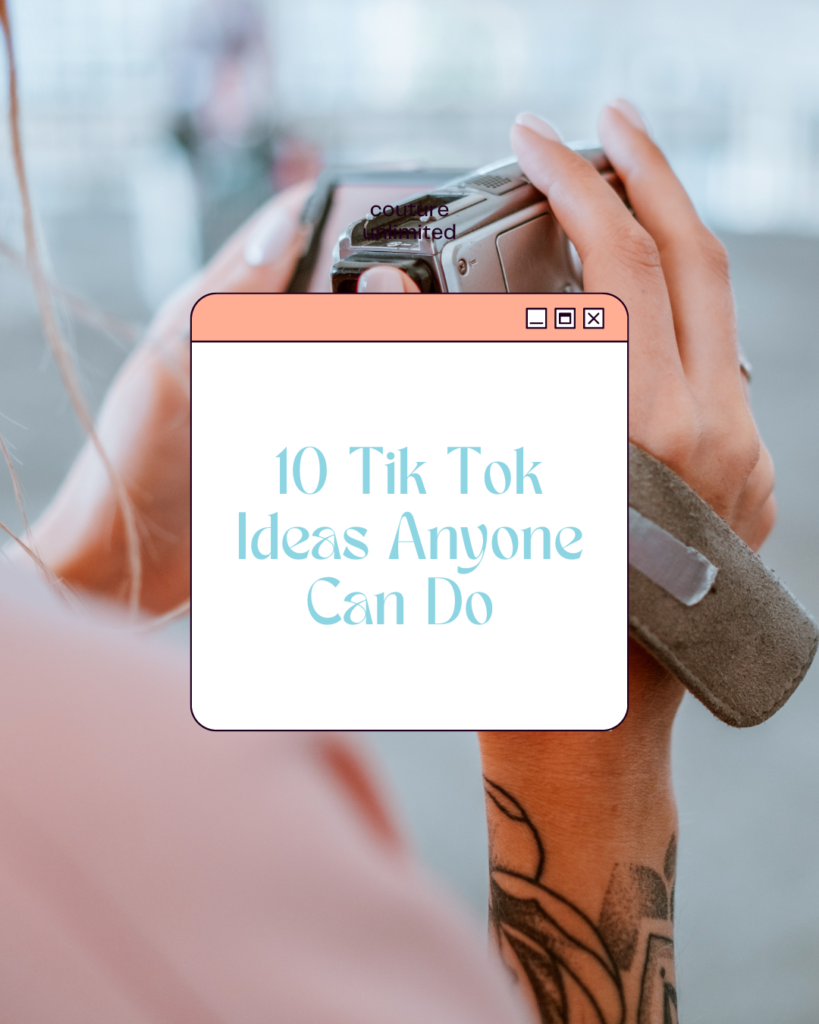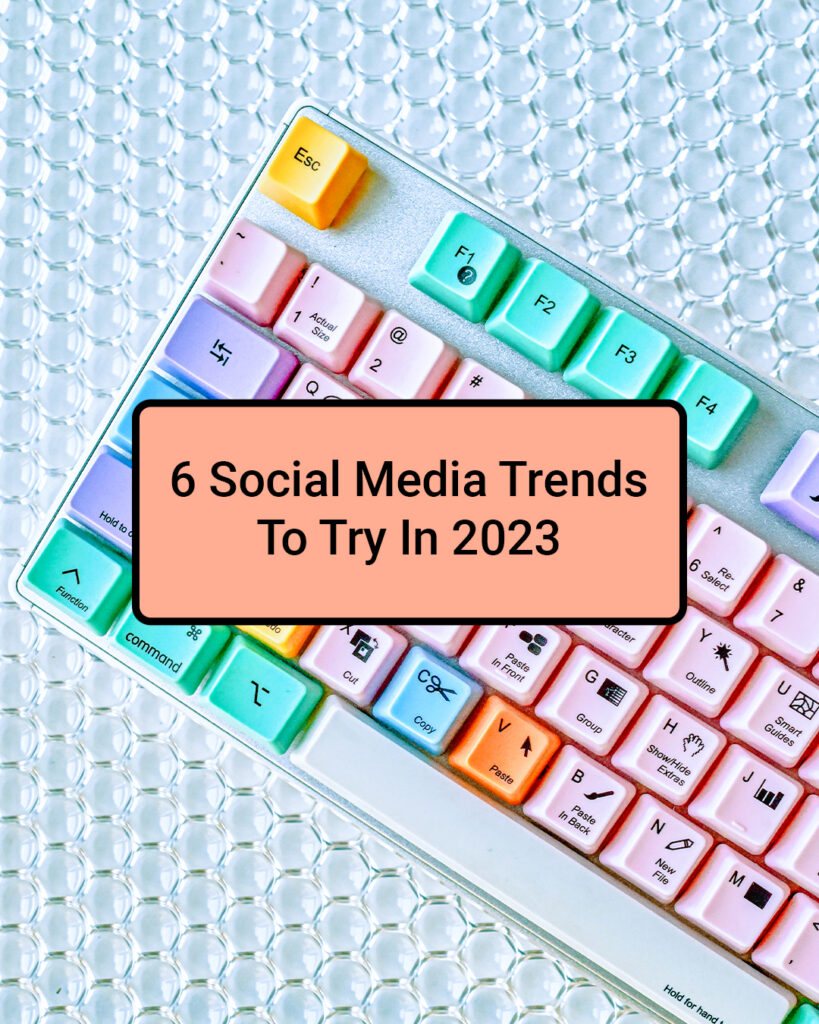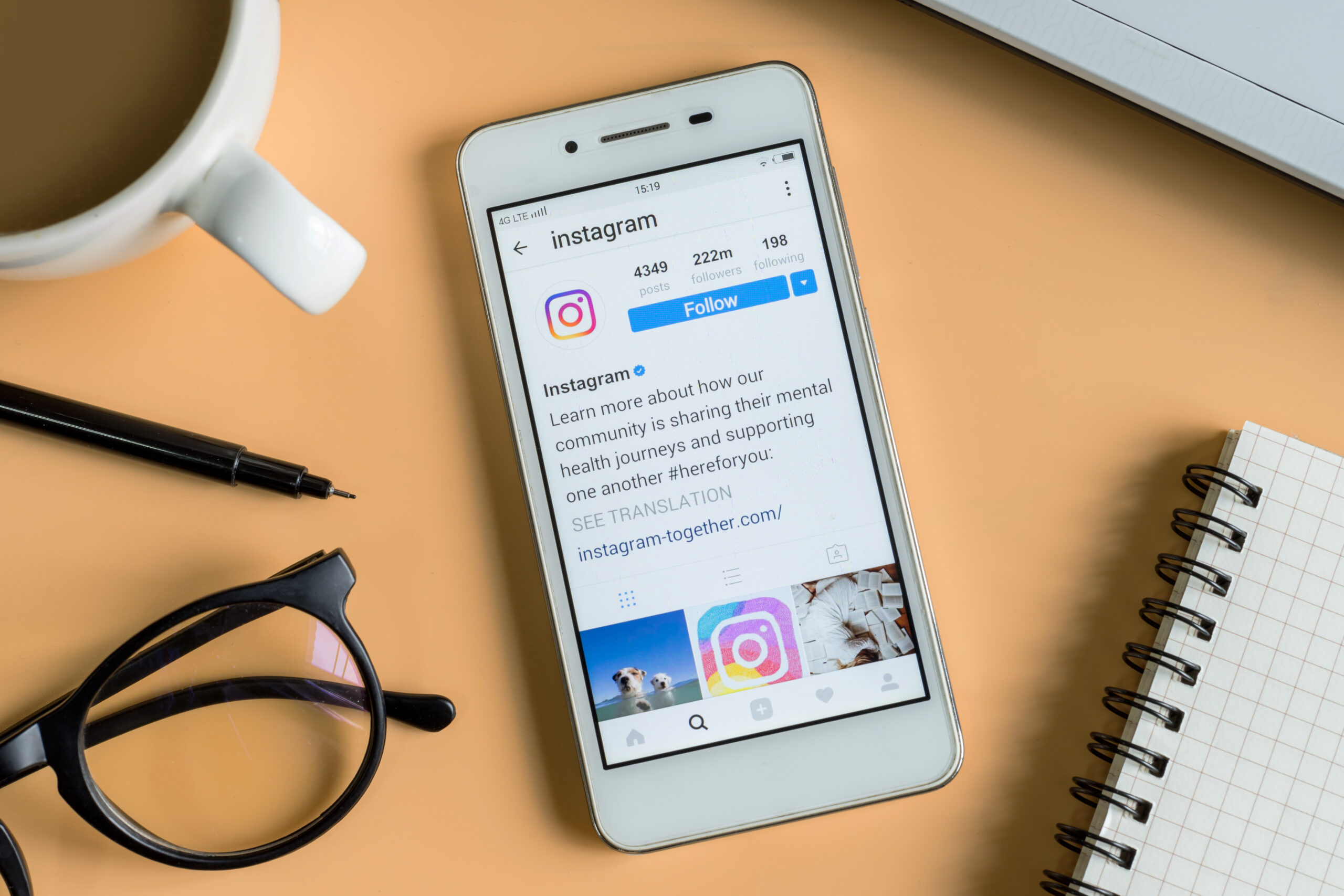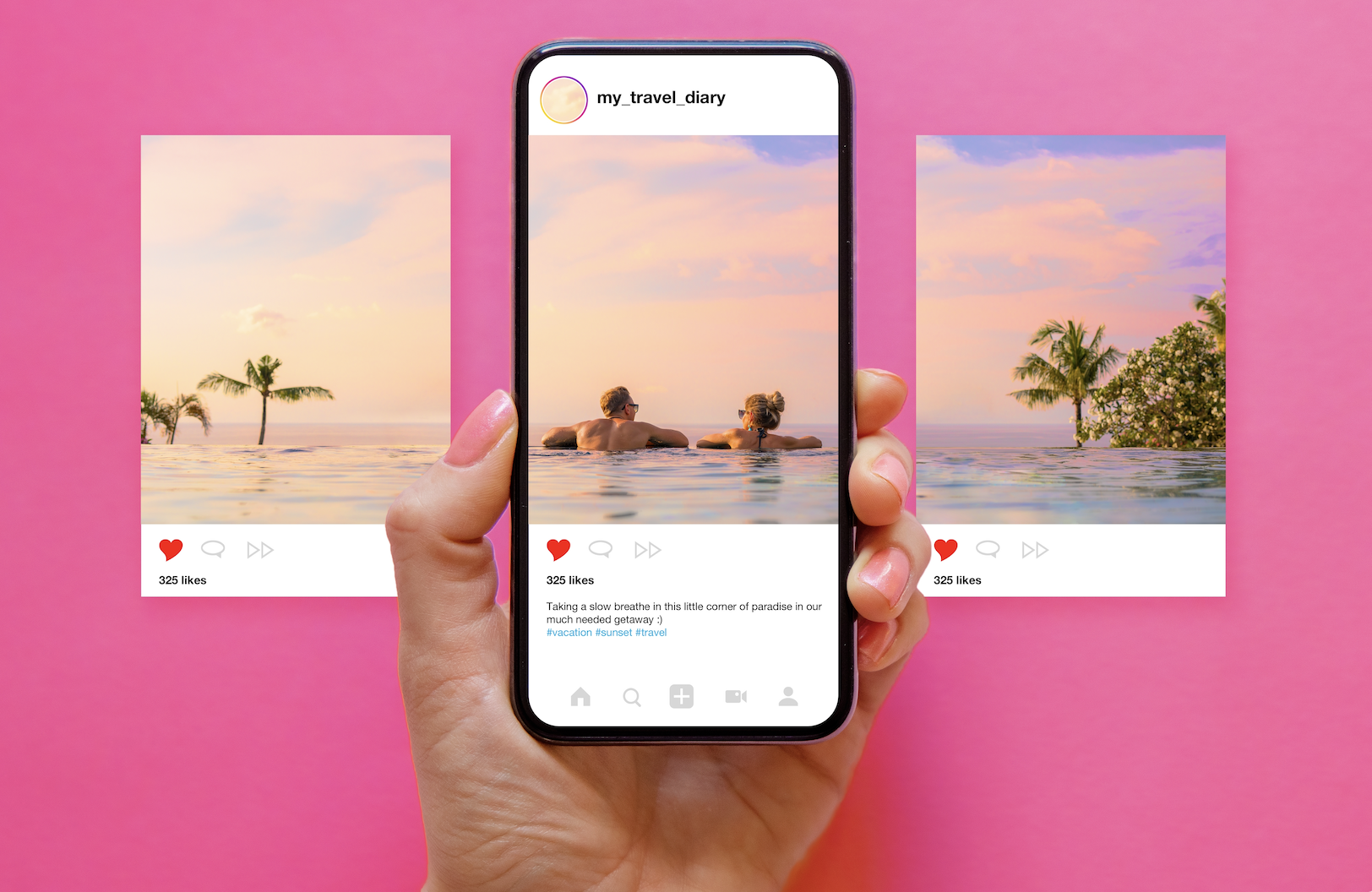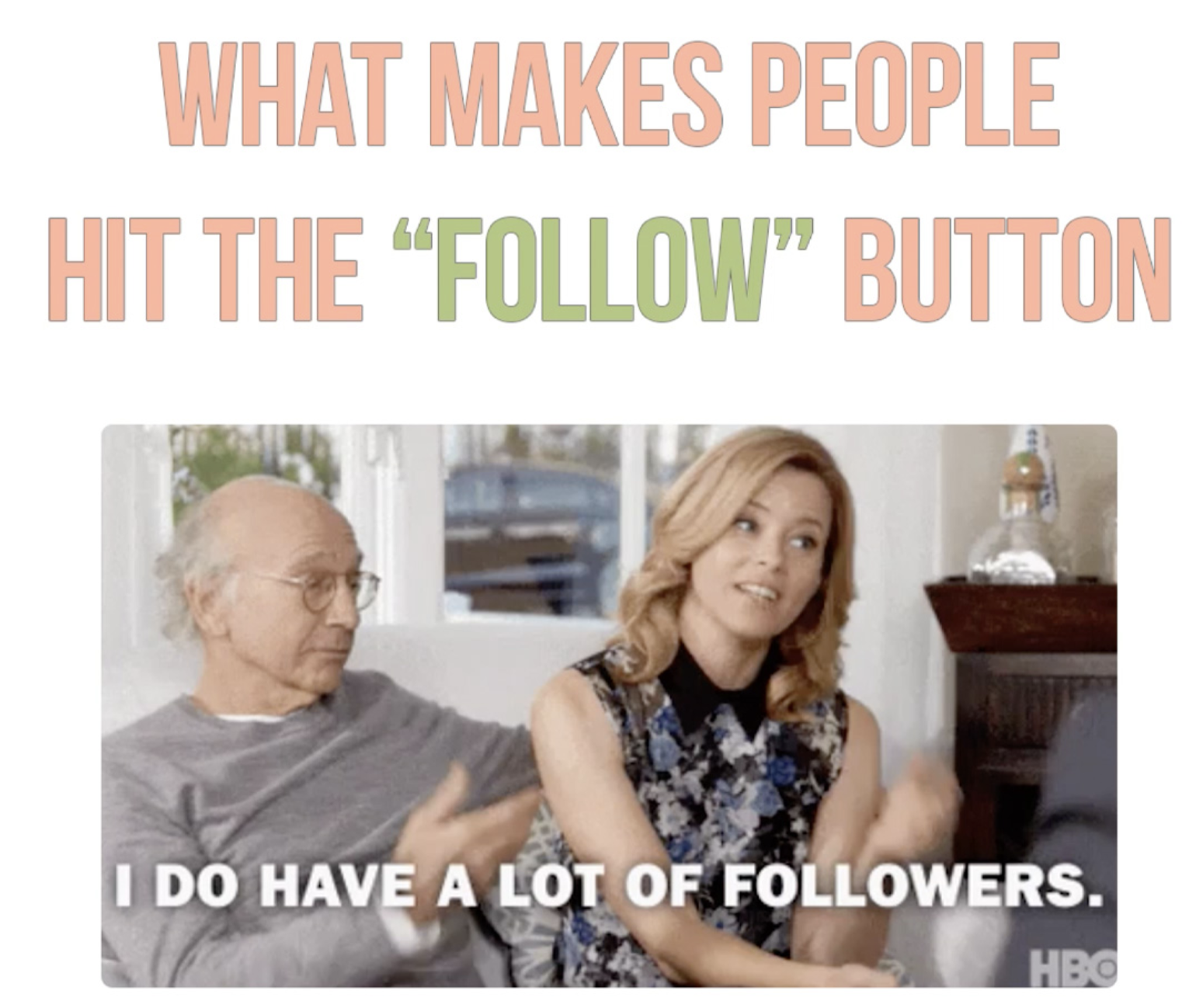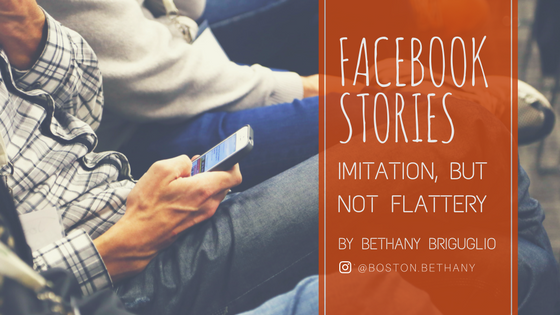
They say imitation is the sincerest form of flattery. That may be true in some situations, but when you’re one of the most successful social media networks in the world, does imitating your competition help or hinder your success?
Don’t get me wrong, I love a good Story — but when I want to post a Story, I go to Snapchat, because that’s what it’s for.
Working in the social media world, I spend a lot of time thinking about and posting content. But lately, I’ve been finding it difficult to decide which app to post to, because they all have overlapping features — and, frankly, overlapping audiences.
In the good old days, I would post to my Snapchat story when I was hanging out with friends and wanted to show everyone what I was doing in the moment — and the best part was always that it didn’t have to be perfect! I could rest assured that my ugly selfie would disappear almost as fast as I put it up there. Instagram was always for that perfect photo, with just the right filter and a perfect caption. Twitter has always been where I go to find out what’s going on in the world around me — and where I can post my opinion about it and share content I feel others should know about. And Facebook was where I updated my family and friends about what was going on in my life: the big picture. I’d post photos from a birthday party or check in at a favorite restaurant with a photo of me and my friends having a “girls night.”
But now, if I want to share a quick video to show what I’m doing in the moment, I find myself deciding between Snapchat, Instagram, and Facebook — or do I retake the video for each story? What if I want to go live? I’d need 3 phones or devices so I could go live on Twitter, Instagram, and Facebook simultaneously. My personal social media takes as much management and focus as the accounts I help brand.
Before each social network had a “Story” and before they all became just another version of each other, I appreciated each site for what it was. Each one had a unique feature that made me love using it and made it my “go-to” app for a specific situation.
Not only that, but the audience was unique on each platform. Which raises the question, “does my Instagram audience really want to see the story I posted to Snapchat?”
In some cases, the answer may be yes, but for the most part, different platforms do still reach different audiences. Instagram has more curated content, while Snap is more spur of the moment, and Twitter is for news and business.
But now, everything is overlapping and the whole social media scene is quite frankly becoming a bit too overwhelming.
It all started in 2013, when Snapchat took off and Facebook wished they thought of it first. They tried to buy Snapchat for almost $3 million, but were turned down. And they’ve been trying to copy it ever since:
- Their first attempt was with an app called Slingshot, which allowed a user to send a message that disappeared after it was viewed — but could only be viewed *after* a message was sent back in response. You’ve probably never heard of this app, as it was removed after about a year.
- Later in 2014, Facebook tested out “disappearing posts,” which allowed users to set an expiration date on posts with increments between one hour and seven days.
- In 2015, Facebook began testing “disappearing messages,” as well as a photo-editing feature that was basically an exact copy of Snapchat’s basic editing tools (minus the disappearing).
- 2016 was when things got real. Facebook introduced Face-altering filters in April, and a month later launched Messenger Codes (sound anything like snapcodes?).
So if Facebook can copy Snapchat, why can’t Instagram? Well, apparently they can — and they did in August, 2016, when they launched “Instagram Stories.”
And everything snowballed from there. We now have Instagram geo-stickers, Instagram Live, Facebook Live (and now even masks for Facebook Live), Messenger Day, and Messenger Chat Camera — just to name a few. Now even Messenger and WhatsApp (owned by Facebook) have disappearing posts, and they aren’t even social networks as much as strictly messaging apps.
So my question is, when does it go too far? Does imitation make companies look unoriginal, or does it foster improvement on the feature that has been imitated?
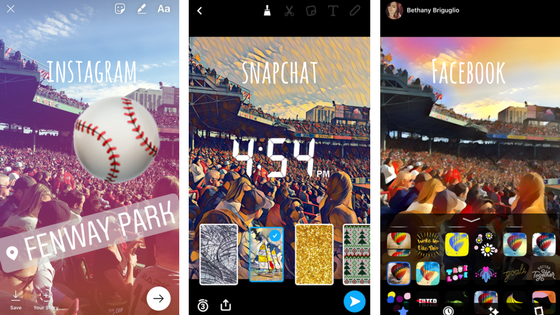
From what I have seen and experienced so far, Snapchat still does stories best, with no real improvements coming from its competitors.
Facebook’s newest update boasted a generous amount of new filters, including a few cool face-altering options. But, Facebook Stories is basically just a clone of Snapchat without offering any incentive for Snapchat’s users to switch over. Then, consider that Facebook’s current audience isn’t necessarily interested in taking goofy selfies and posting stories — and those who are, already have a following on Snapchat. Which brings me to my final point, that almost everyone I know (including current and potential employers, grandparents, mom and dad, and aunts and uncles) would be able to view my Facebook Story — and that’s not necessarily a good thing.
Instagram Stories are good, but the filters are limited and the app lacks the fun, face-altering feature. However, that could be what Instagram is doing right — instead of flat-out copying Snap, they created a version of stories that their users are more likely to adopt, and that adapts to Instagram’s focus on aesthetic. If you take into consideration that Instagram’s audience isn’t looking for goofy, spur of the moment content, the version of Stories they offer is perfect for Instagram. So it makes sense that Instagram Stories are actually taking off, whereas Facebook stories are not.
I still prefer Instagram for a gallery-style collection of my best photos and for inspo when I want to eat healthy or see some beautiful travel destinations.
But Facebook will always be where I go to check in with my friends and family, and get notifications for birthdays, weddings, babies, and all those other important life events. I mean, even my grandparents are on Facebook. So, if they already have (by far) the largest audience of all social networks, then why do they continue to sell themselves out by copying features from other platforms? Especially when Facebook could — and should — be focusing on improving itself and building its own already successful features.
Which leaves me wondering what anyone ever did before Facebook introduced the world to social media.
